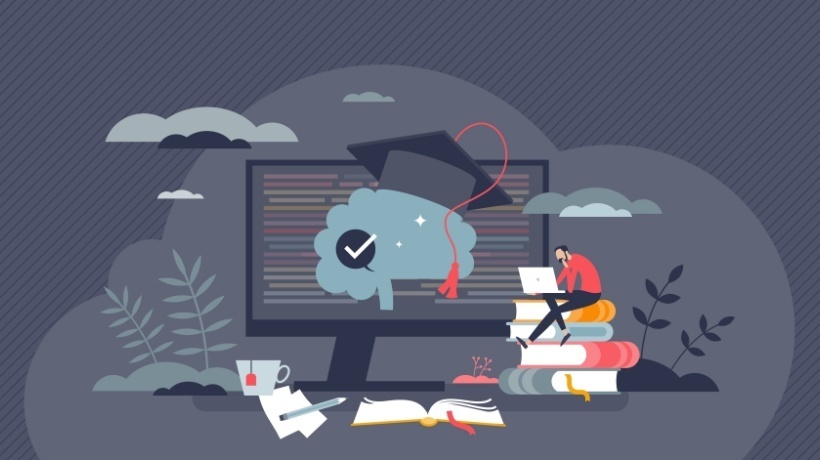edTech Trends: Fascinating Predictions On How Technology Will Affect The Education Sector
As a natural consequence of constant improvement of technology and increased digitalization, the world of education technology is constantly evolving. The realization of how technology can actually improve an individual’s learning has moved mountains within the educational sector, and technological aid and solutions are increasingly being implemented in classrooms worldwide.
But how, you might ask. The use of internet in schools is no news under the sun, but so is the use of different technological platforms, devices, and new curriculums within tech. Young children are for instance learning how to code in elementary school now, which surely serve as a very good indicator as to which direction we are moving in.
The field of technology in educations is, therefore, an exciting one for educators, researchers, and education providers. As of now, it seems as if the sky is the limit in terms of possibilities. However, these possibilities can seem fluffy at times, which is why a definition of terms and trends can be necessary. Finduddannelse.dk, a Danish search engine for education, turned to experts within the field to set things straight.
EdTech Denmark, a Danish organization connecting key players within education and technology, share their prediction of which 3 technologies will dominate 2018:
1. Learning Analytics – Digital Footsteps Enabling Better Learning
Learning Analytics is a way of measuring, collecting, analyzing, and reporting the data of student’s learning and the context in which they learn.
Students leave thousands of digital footsteps every day when interacting with technology. With those footsteps comes a great amount of personal data. This data then serve as a tool for the training institutions, as they get access to each student’s way of learning and most importantly, their professional development.
When applied right, learning Analytics can be implemented in a way to prevent dropouts, establish extra training when needed, and optimize the learning facilities in general. By adopting this way of using data, the training institution can enhance their education as well as nudge their students towards a desired behavior and academic improvement.
Founder of EdTech Denmark, Morten Amstrup, acknowledges the possibilities of learning analytics and highlight how it is something to look out for:
“The interest in learning analytics is already quite big, and The Danish Accreditation Institution has established a Learning Analytics Network for researchers, teachers, education and service providers as a way of putting attention to the topic. The use of student data as a way of optimizing learning is therefore a trend that will affect the future."
2. Adaptive Learning – Learning Adapted To The Individual
Adaptive learning is simply learning adapted to the individual. With help from adaptive technology, a given system can keep track of everything a student is doing in a particular system.
The adaptation is done by using algorithms that adjust the teaching based on the student's navigation within the system. In this way, the individual is taught and challenged at his very own level.
“Right now, we see an increase in the interest in adaptive technology and individually based learning. Good examples of this is The Danish Growth Fund’s investment in Area9 Lyceum, and interest in a service such as Edaptio. Edaptio is a system that aggregates data that creates transparency around which data is being used to serve learning algorithms.” – Morten Amstrup.
3. AV/VR - manipulated and virtual reality in the learning process
Augmented Reality and Virtual Reality are two phenomena which bring reality into learning. The technological development within Augmented Reality and Virtual Reality is growing at speed of light, and in Denmark there has been an increase in the use of VR/AR in the educational context.
Morten Amstrup is sure, that full implementation of modified or virtual reality in learning is very close:
“At Roskilde University, the have received at grant on more than $3 million from the Danish Ministry of Education and Research, to be the front-runner on a project to develop learning technologies using AR/VR, and map how we, in the future, can use the technology in the best way possible. The idea behind the project is to establish a broader cooperation around virtual learning. Learning in a modified or virtual reality is by those measures within reach.”
Check the infographic 3 Fascinating Facts About How Edtech Will Affect The Education Sector Infographic.
* This article was the result of a collaboration with Finduddannelse.dk and Edtech Denmark.









